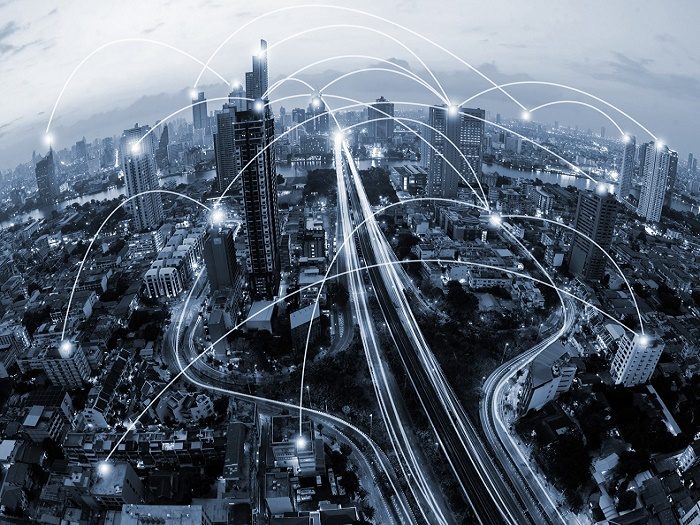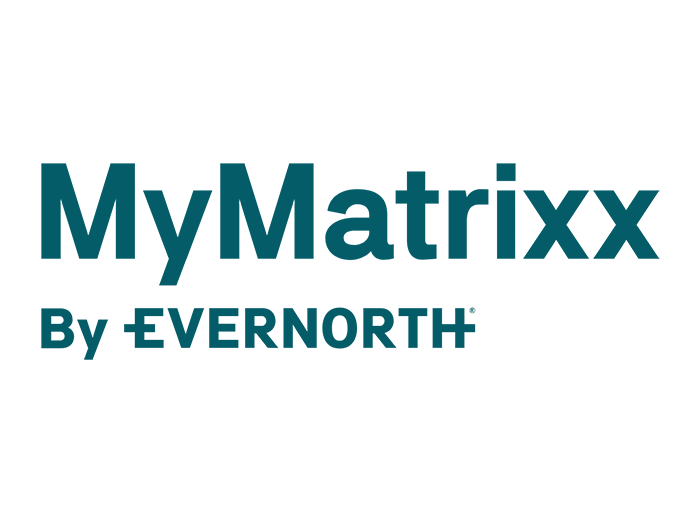2017 RIMS
Cyber Risk Aggregation Tools

As insurers become increasingly concerned about the aggregation of cyber risk exposures in their portfolios, new tools are being developed to help them better assess and manage those exposures.
One of those tools, a comprehensive cyber risk modeling application for the insurance and reinsurance markets, was announced on April 24 by AIR Worldwide.
Last year at RIMS, AIR announced the release of the industry’s first open source deterministic cyber risk scenario, subsequently releasing a series of scenarios throughout the year, and offering the service to insurers on a consulting basis.
Its latest release, ARC– Analytics of Risk from Cyber — continues that work by offering the modeling platform for license to insurance clients for internal use rather than on a consulting basis. ARC is separate from AIR’s Touchstone platform, allowing for more flexibility in the rapidly changing cyber environment.
ARC allows insurers to get a better picture of their exposures across an entire book of business, with the help of a comprehensive industry exposure database that combines data from multiple public and commercial sources.
The recent attacks on Dyn and Amazon Web Services (AWS) provide perfect examples of how the ARC platform can be used to enhance the industry’s resilience, said Scott Stransky, assistant vice president and principal scientist for AIR Worldwide.
Stransky noted that insurers don’t necessarily have visibility into which of their insureds use Dyn, Amazon Web Services, Rackspace, or other common internet services providers.
In the Dyn and AWS events, there was little insured loss because the downtime fell largely just under policy waiting periods.
But,” said Stransky, “it got our clients thinking, well it happened for a few hours – could it happen for longer? And what does that do to us if it does? … This is really where our model can be very helpful.”
The purpose of having this model is to make the world more resilient … that’s really the goal.” Scott Stransky, assistant vice president and principal scientist, AIR Worldwide
AIR has run the Dyn incident through its model, with the parameters of a single day of downtime impacting the Fortune 1000. Then it did the same with the AWS event.
When we run Fortune 1000 for Dyn for one day, we get a half a billion dollars of loss,” said Stransky. “Taking it one step further – we’ve run the same exercise for AWS for one day, through the Fortune 1000 only, and the losses are about $3 billion.”
So once you expand it out to millions of businesses, the losses would be much higher,” he added.
The ARC platform allows insurers to assess cyber exposures including “silent cyber,” across the spectrum of business, be it D&O, E&O, general liability or property. There are 18 scenarios that can be modeled, with the capability to adjust variables broadly for a better handle on events of varying severity and scope.
Looking ahead, AIR is taking a closer look at what Stransky calls “silent silent cyber,” the complex indirect and difficult to assess or insure potential impacts of any given cyber event.
Stransky cites the 2014 hack of the National Weather Service website as an example. For several days after the hack, no satellite weather imagery was available to be fed into weather models.
Imagine there was a hurricane happening during the time there was no weather service imagery,” he said. “[So] the models wouldn’t have been as accurate; people wouldn’t have had as much advance warning; they wouldn’t have evacuated as quickly or boarded up their homes.”
It’s possible that the losses would be significantly higher in such a scenario, but there would be no way to quantify how much of it could be attributed to the cyber attack and how much was strictly the result of the hurricane itself.
It’s very, very indirect,” said Stransky, citing the recent hack of the Dallas tornado sirens as another example. Not only did the situation jam up the 911 system, potentially exacerbating any number of crisis events, but such a false alarm could lead to increased losses in the future.
The next time if there’s a real tornado, people make think, ‘Oh, its just some hack,’ ” he said. “So if there’s a real tornado, who knows what’s going to happen.”
Modeling for “silent silent cyber” remains elusive. But platforms like ARC are a step in the right direction for ensuring the continued health and strength of the insurance industry in the face of the ever-changing specter of cyber exposure.
Because we have this model, insurers are now able to manage the risks better, to be more resilient against cyber attacks, to really understand their portfolios,” said Stransky. “So when it does happen, they’ll be able to respond, they’ll be able to pay out the claims properly, they’ll be prepared.
The purpose of having this model is to make the world more resilient … that’s really the goal.”
Additional stories from RIMS 2017:
If barriers to implementation are brought down, blockchain offers potential for financial institutions.
Embrace the Internet of Things
Risk managers can use IoT for data analytics and other risk mitigation needs, but connected devices also offer a multitude of exposures.
Feeling Unprepared to Deal With Risks
Damage to brand and reputation ranked as the top risk concern of risk managers throughout the world.
Reviewing Medical Marijuana Claims
Liberty Mutual appears to be the first carrier to create a workflow process for evaluating medical marijuana expense reimbursement requests.
Cyber Threat Will Get More Difficult
Companies should focus on response, resiliency and recovery when it comes to cyber risks.
RIMS Conference Held in Birthplace of Insurance in US
Carriers continue their vital role of helping insureds mitigate risks and promote safety.











